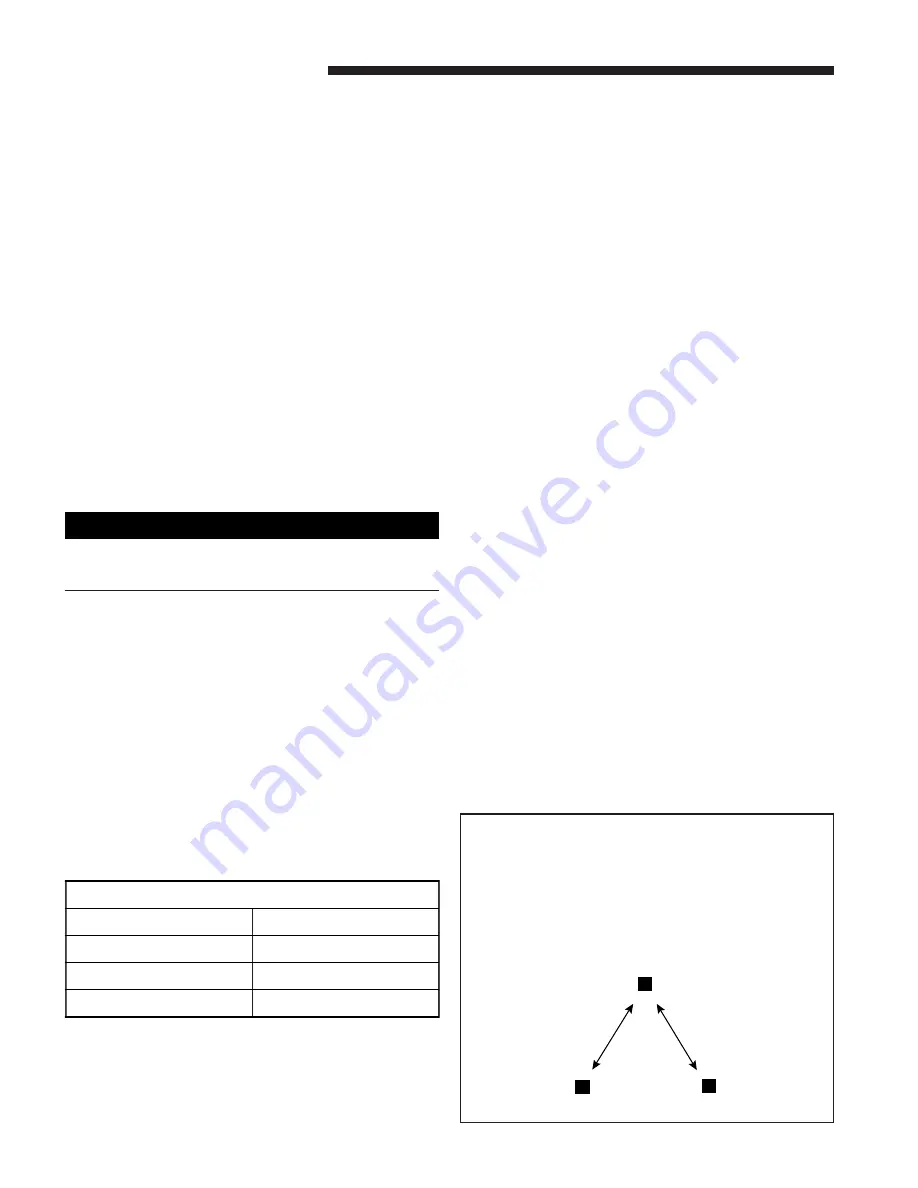
4
18-BC52D5-5
Installer’s Guide
9. The liquid line shut-off valve can now be opened. Remove
shut-off valve cap. Fully insert hex wrench into the stem
and backout counterclockwise until valve stem just
touches rolled edge (approximately five [5] turns) observ-
ing
WARNING
statement on page 3. See Figure 4.
10. Replace liquid service pressure tap port cap and valve
stem cap. These caps
MUST BE REPLACED
to
prevent leaks. Replace valve stem and pressure tap cap
finger tight, then tighten an additional 1/6 turn.
11. The gas valve can now be opened. For a ball type gas
valve, open the gas valve by removing the shut-off valve
cap and turning the valve stem 1/4 turn counterclock-
wise, using 1/4" Open End or Adjustable wrench. See
Figure 5. For brass gas line service valve opening, follow
9 and 10 above. See Figure 6.
12. The gas valve is now open for refrigerant flow. Replace
valve stem cap to prevent leaks. Again, these caps
MUST BE REPLACED
to prevent leaks. Replace valve
stem and pressure tap cap finger tight, then tighten an
additional 1/6 turn. See Figure 4.
If refrigerant lines are longer than 15 feet and/or a different
size than recommended, it will be necessary to adjust system
refrigerant charge upon completion of installation. See unit
Service Facts.
F. ELECTRICAL CONNECTIONS
▲
WARNING
!
When installing or servicing this equipment, ALWAYS
exercise basic safety precautions to avoid the possibility
of electric shock.
1. If factory leads are attached to the line side of the
terminal block, please remove and discard before
attaching the field power supply connection.
2. Power wiring and grounding of equipment must comply
with local codes.
3. Power supply must agree with equipment nameplate.
4. Install a separate disconnect switch at the outdoor unit.
5. Ground the outdoor unit per local code requirements.
6. Provide flexible electrical conduit whenever vibration
transmission may create a noise problem within the
structure.
7. The use of color coded low voltage wire is recommended
to simplify connections between the outdoor unit, the
thermostat and the indoor unit.
Table 1 --- NEC Class II Control Wiring
24 VOLTS
WIRE SIZE
MAX. WIRE LENGTH
18 AWG
150 FT
16 AWG
225 FT.
14 AWG
300 FT.
8. Table 1 defines maximum
total
length of low voltage
wiring from outdoor unit, to indoor unit, and to
thermostat.
9. Mount the indoor thermostat in accordance with instruc-
tion included with the thermostat. Wire per appropriate
hook-up diagram (included in these instructions).
G. DEFROST CONTROL
The demand defrost control measures heat pump outdoor
ambient temperature with a sensor located outside the
outdoor coil. A second sensor located on the outdoor coil is
used to measure the coil temperature. The difference be-
tween the ambient and the colder coil temperature is the
difference or delta-T measurement. This delta-T measure-
ment is representative of the operating state and relative
capacity of the heat pump system. By measuring the change
in delta-T, we can determine the need for defrost. The coil
sensor also serves to sense outdoor coil temperature for
termination of the defrost cycle.
FAULT IDENTIFICATION
A fault condition is indicated by the flashing light on the
defrost control inside the heat pump control box.
In normal operation, the defrost control light will flash once
each second. If the light is flashing more than once per
second or not at all, refer to the service manual for that unit.
PIN IDENTIFICATION
(See Figure 6.)
1. TEST_COMMON (Shorting any of the other pins to this
pin causes the function of the other pin to be executed.
Leaving this pin open results in the normal mode of
operation.)
2. TST = Test (Shorting TEST_COMMON to this pin
speeds up all defrost board timings.)
3. FRC_DFT = Forced Defrost (Short TEST_COMMON to
this pin for two (2) seconds to initiate a forced defrost.
Remove the short after defrost initiates.)
DEFROST CONTROL CHECKOUT
Normal operation requires:
a. LED on board flashing 1 time/second.
b. 24V AC between R & B
c. 24V AC between Y & B with unit operating
d. Defrost initiation when FRC_DFT pin is shorted to
TEST_COMMON pin.
If a defrost control problem is suspected, refer to the service
information in control box.
PIN IDENTIFICATION
FRC_DFT
TEST_COMMON
TST
6


























